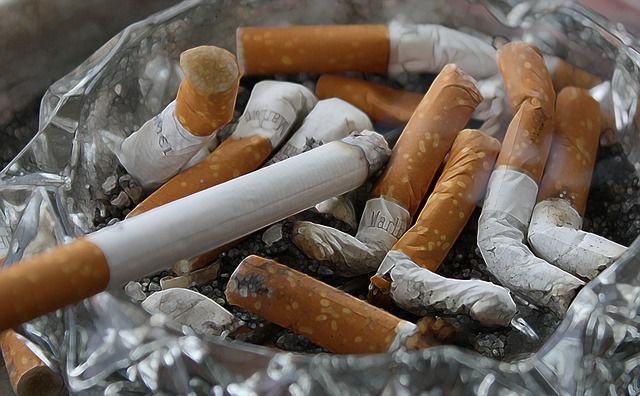3 Better Ways To Quit Smoking: Forget Patches And Nicotine Gum, According To New Research

As the new year approaches, many of us make promises to better our health. Quitting smoking is a popular New Year’s Resolution, but accomplishing this task is far easier said than done. Here is what new research has to say about how to quit smoking for good.
Cold Turkey
Research has suggested that quitting “cold turkey” or going straight from your regular smoking habits to smoking nothing, is the best way to ensure that the habit sticks. For example, in a recent study, researchers had two groups of smokers quit smoking, but one had to give up cold turkey while the other gradually decreased their nicotine intake until it was zero.
Read: What Happens To Your Body After You Stop Smoking Marijuana
Results showed that nearly half of the participants that quit abruptly still had not smoked at the four weeks mark, compared to 40 percent of participants in the group that gradually cut down. Overall, participants who quit cold turkey were 25 percent more likely to not take up smoking again.
Look At Pictures Of What Smoking Can Do
Other research has found that graphic photos on cigarette packets of the long-term consequences of smoking may help prompt people to give up the habit.
For a study published earlier this year, researchers examined changes in smoking rates in countries that print graphic images on cigarette packets and estimated that if the same was done in the United States, smoking rates would go down by 5 percent.
Sync Up Quitting With Your Menstrual Period
According to one 2016 study, lining up smoking cessation with certain days in your menstrual cycle could help. According to the research, during the luteal phase of a woman’s menstrual cycle, the progesterone-to-estrogen ratio is high and women are less likely to be tempted by addictive behaviors. Based off this, the researchers suggested that it may be easier for women to quit smoking during this time when compared to other days in the month.
The luteal phase takes place during the 13 to 15 days from ovulation until menstrual bleeding, and is the time that women may experience premenstrual symptoms such as mood changes and weight gain. During this phase, ovulation occurs, meaning an egg is released from the ovary and hormone levels are high.
See Also:
Published by Medicaldaily.com



























